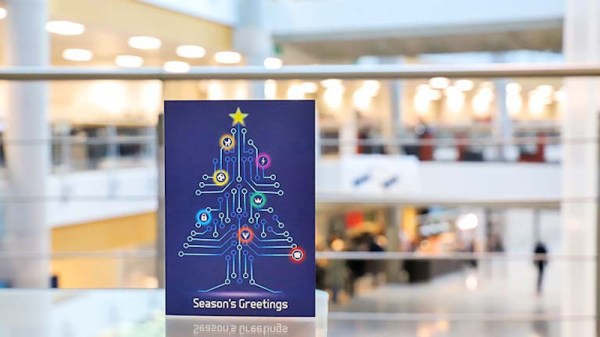As a British taxpayer it’s reassuring to know that over in Cheltenham there’s a big round building full of people dedicated to keeping us safe. GCHQ is the nation’s electronic spying centre, and just to show what a bunch of good eggs they are they release a puzzler every year to titillate the nation’s geeks. 2024’s edition is out if you fancy trying it, so break out your proverbial thinking caps.
The puzzle comes in several stages each of which reveals a British landmark, and we’re told there’s a further set of puzzles hidden in the design of the card itself. We know that Hackaday readers possess fine minds, so you’ll all be raring to have a go.
Sadly GCHQ would for perfectly understandable reasons never let Hackaday in for a tour, but we’ve encountered some of their past work. First the Colossus replica codebreaking computer at Bletchley Park was the progenitor of the organisation, and then a few years ago when they had an exhibition from their archive in the London Science Museum.















